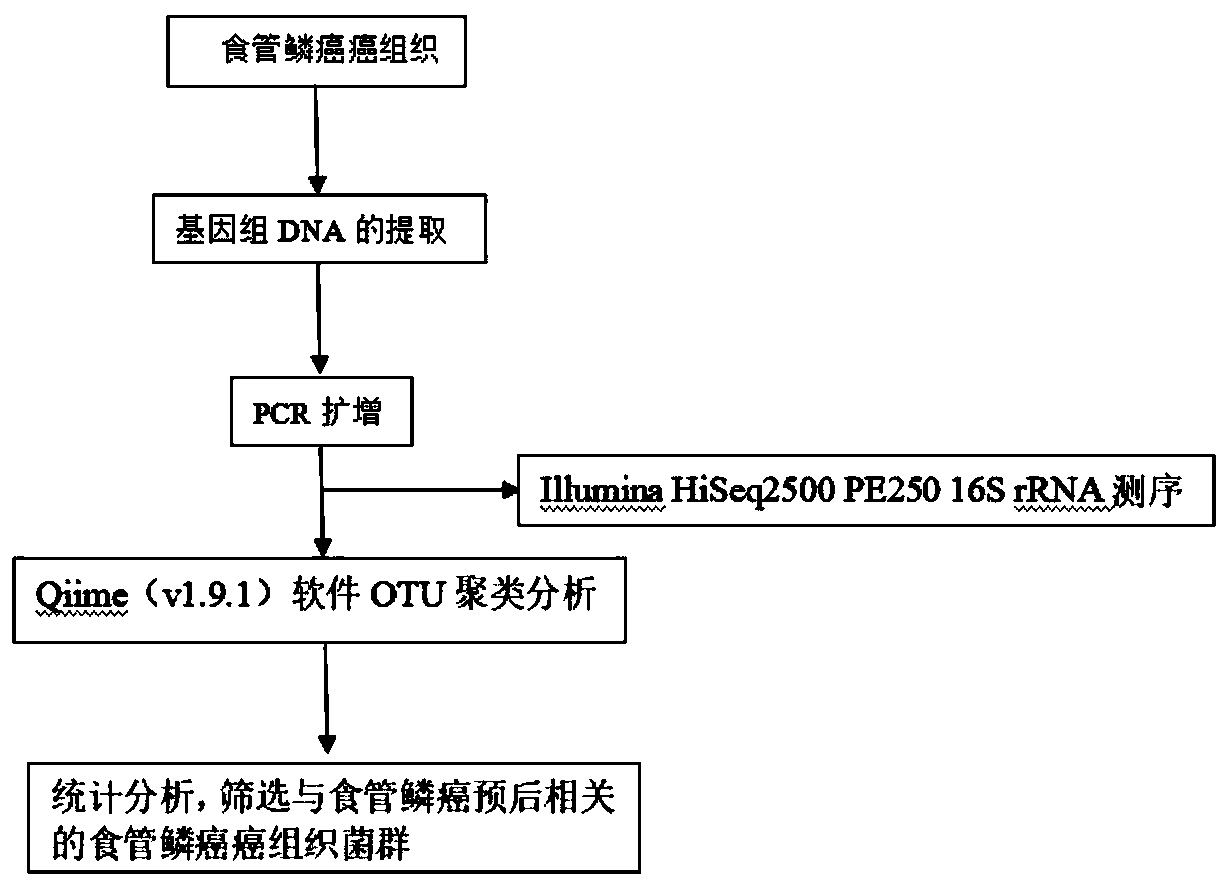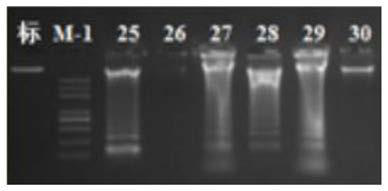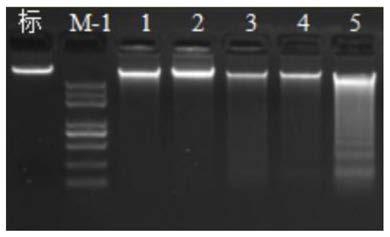Application of reagent for detecting flora in preparation of reagent or kit for prognosis prediction markers of esophageal squamous cell carcinoma patients
A technology for esophageal squamous cell carcinoma and markers, applied in reagents or kits, in the field of reagents for detecting bacterial flora, can solve problems such as single identification indicators, insufficient representation, and unconsidered
- Summary
- Abstract
- Description
- Claims
- Application Information
AI Technical Summary
Problems solved by technology
Method used
Image
Examples
Embodiment 1
[0049] 1. For the flow chart, see figure 1 .
[0050] 2. Operation steps
[0051] 1. Screening of patients with esophageal squamous cell carcinoma
[0052] A total of 120 patients with esophageal squamous cell carcinoma who were treated in Fujian Cancer Hospital and Zhangzhou Hospital in Fujian Province from February 2013 to October 2017 were selected. Inclusion criteria: radical surgery for esophageal cancer; all subjects were diagnosed with esophageal squamous cell carcinoma by surgical pathology; no radiotherapy or chemotherapy was received before surgery; no antibiotic use record 2 months before surgery; no other infectious disease. Exclusion criteria: patients with incomplete clinical and pathological data and tissue samples; patients with metastatic tumors and recurrence of esophageal cancer; patients with severe heart and brain organic diseases and mental illness history.
[0053] 2. Method
[0054] 2.1 Tissue sample collection
[0055] The cancer tissues of each ...
Embodiment 2
[0106] 1. For the flow chart, see Figure 7 .
[0107] 2. Operation steps
[0108] 1. Screening of patients with esophageal squamous cell carcinoma
[0109] A total of 120 patients with esophageal squamous cell carcinoma who were treated in Fujian Cancer Hospital and Zhangzhou Hospital in Fujian Province from February 2013 to October 2017 were selected. Inclusion criteria: radical surgery for esophageal cancer; all subjects were diagnosed with esophageal squamous cell carcinoma by surgical pathology; no radiotherapy or chemotherapy was received before surgery; no antibiotic use record 2 months before surgery; no other infectious disease. Exclusion criteria: patients with incomplete clinical and pathological data and tissue samples; patients with metastatic tumors and recurrence of esophageal cancer; patients with severe heart and brain organic diseases and mental illness history.
[0110] 2. Method
[0111] 2.1 Tissue sample collection
[0112] The paracancerous tissues ...
Embodiment 3
[0162] 1. For the flow chart, see Figure 12 .
[0163] 2. Treatment groups
[0164] The subjects were divided into two groups, surgery group, surgery + postoperative chemotherapy (platinum + paclitaxel) group.
[0165] 3. Operation steps
[0166] 1. Screening of patients with esophageal squamous cell carcinoma
[0167] A total of 120 patients with esophageal squamous cell carcinoma who were treated in Fujian Cancer Hospital and Zhangzhou Hospital in Fujian Province from February 2013 to October 2017 were selected. Inclusion criteria: radical surgery for esophageal cancer; all subjects were diagnosed with esophageal squamous cell carcinoma by surgical pathology; no radiotherapy or chemotherapy was received before surgery; no antibiotic use record 2 months before surgery; no other infectious disease. Exclusion criteria: patients with incomplete clinical and pathological data and tissue samples; patients with metastatic tumors and recurrence of esophageal cancer; patients w...
PUM
 Login to View More
Login to View More Abstract
Description
Claims
Application Information
 Login to View More
Login to View More - R&D
- Intellectual Property
- Life Sciences
- Materials
- Tech Scout
- Unparalleled Data Quality
- Higher Quality Content
- 60% Fewer Hallucinations
Browse by: Latest US Patents, China's latest patents, Technical Efficacy Thesaurus, Application Domain, Technology Topic, Popular Technical Reports.
© 2025 PatSnap. All rights reserved.Legal|Privacy policy|Modern Slavery Act Transparency Statement|Sitemap|About US| Contact US: help@patsnap.com



